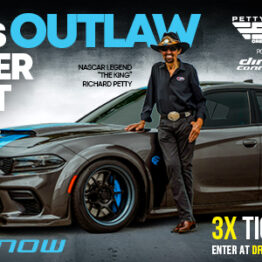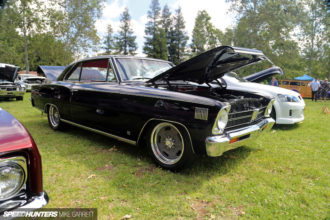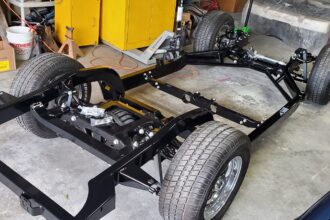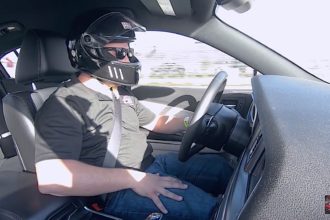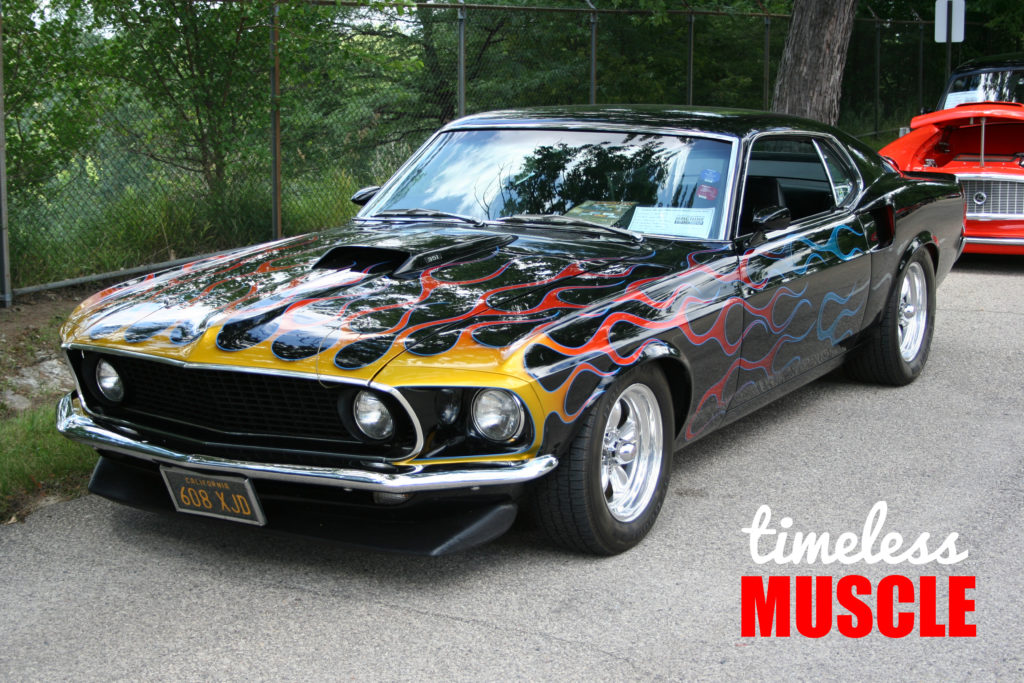
photos by: the author
Were there muscle cars in the ’50s… or the ’80s?
The focus of our work here at Timeless Muscle has always been focused on classic American muscle cars. That typically means from about 1964 (GTO, Mustang, Max Wedge, etc.) to around 1981 (Trans Am/Z28, early 5.0 Mustang). That pretty much encompasses what most folks recognize as the classic muscle car era, with all the great V-8, rear-wheel driven special editions included. But, we have attended quite a few events this year, and we are seeing a new trend that, frankly, makes us feel really old.
It seems the performance cars of the ‘80s (IROC-Zs, to Grand Nationals, to, once again, the 5.0 Mustang) are being lumped together with the more traditional classic muscle cars. We always looked at the fuel-injected cars as being “new” or “late-model,” but we have to face some facts (and do some math) and realize that 1987 was thirty years ago, and many of these premium editions are being collected now. There are also plenty of really well-built modified examples of cars from this era that were heavily influenced by the muscle cars that came before them.
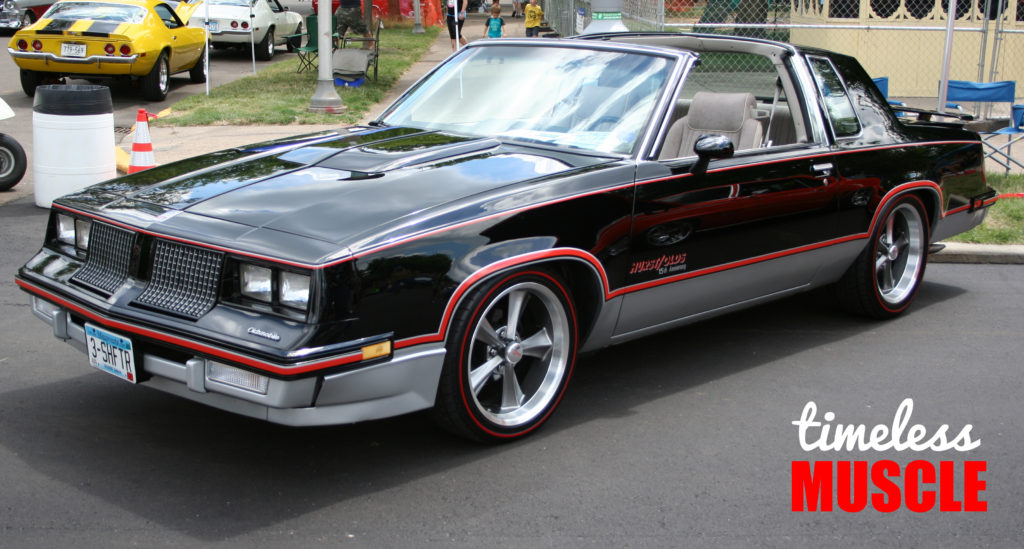
These later cars also carry the front engine/rear drive configuration we’re used to, and there’s never been a shortage of Third-Gen F-bodies, Buick Grand Nationals, or 5.0 Mustangs at the dragstrip. They have fulfilled the muscle car role with pride and carried that torch in their time. There are precious few cars worth remembering from the ‘80s, but the few that squeak through are worth celebrating.
There are some fringe examples, too – they’re worthy of mention because they aren’t muscle cars, but they kind of wanted to be. Remember the Fiero? In GT guise with the 2.8L V-6, they weren’t bad. How about the Shelby Charger? The turbo-influenced 2.2L was an interesting little powerplant that many of us remember with a smile. There are enough YouTube videos of turbo 2.2-powered minivans with the boost cranked up to keep us entertained, right?
So, we think we might push our borders out a little bit. If a car from the ‘80s really checks all the right boxes, you might see it here. I’m not saying we found a Mirada with a Hellcat transplant, but it’d be really cool if we did. (Note: if you’re actually swapping a Hellcat into a Mirada, let us know!)
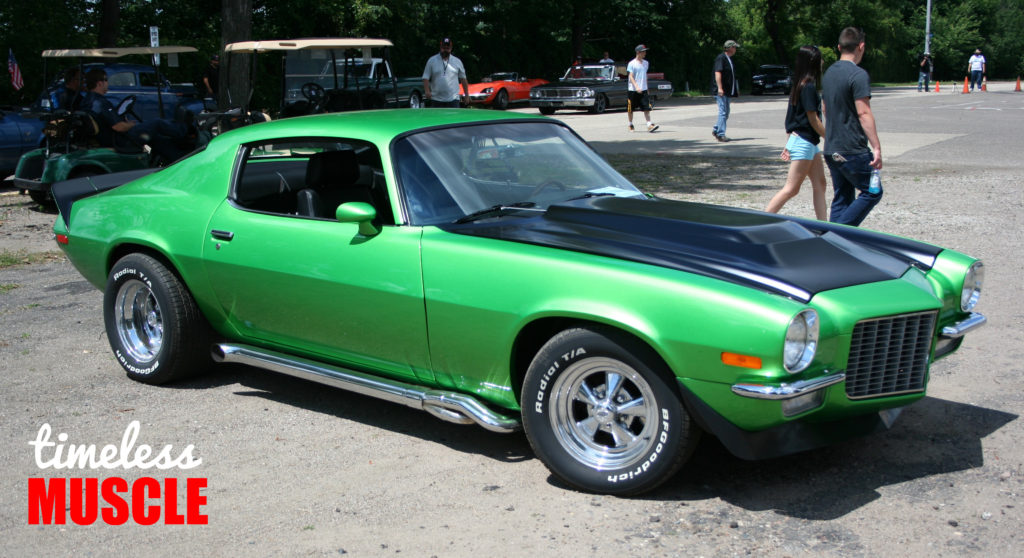
Another trend we’re seeing is a move to use a lot of the vintage speed parts we grew up with. Is this something you’d like to know more about? We think it’s kind of cool when it’s done as a theme, rather than just a velocity stack or a pair of blue anodized valve covers. If the entire car is decked out in ‘period’ parts, it makes a really cool statement.
We first started seeing this style with the early hot rod guys chasing down early speed goodies from the ‘40s and ‘50s, and then building an entire car to look like it rolled out of that time.
Naturally the parts from the ‘60s gained popularity soon afterwards, as the Gasser craze took hold and making a car look like it rolled out of 1969 became fashionable. Now, we have seen stuff from the ‘70s and ‘80s begin to move into vogue, and it’s only a matter of time before people start craving Center Line wheels and Hooker sidepipes again. Part of me can’t wait…
Okay so we’ve looked at cars from the ’80s and determined that some of them, done correctly, might be cool enough to get a feature here at Timeless Muscle. Now…how old is too old? Is our “early ‘60s” border too tight? Would the sight of a killer ’57 Chevy piss you off and make you never want to visit this site again?
I hope not, since cars like that is what prompted the muscle car era to take hold in the first place. Again — we’d want to only feature cars that we’re confident muscle car fans would really be into. Don’t expect to see a restored convertible, but a 10-second street car with some traditional Gasser-class flavor? Yes, well…that might work just fine.
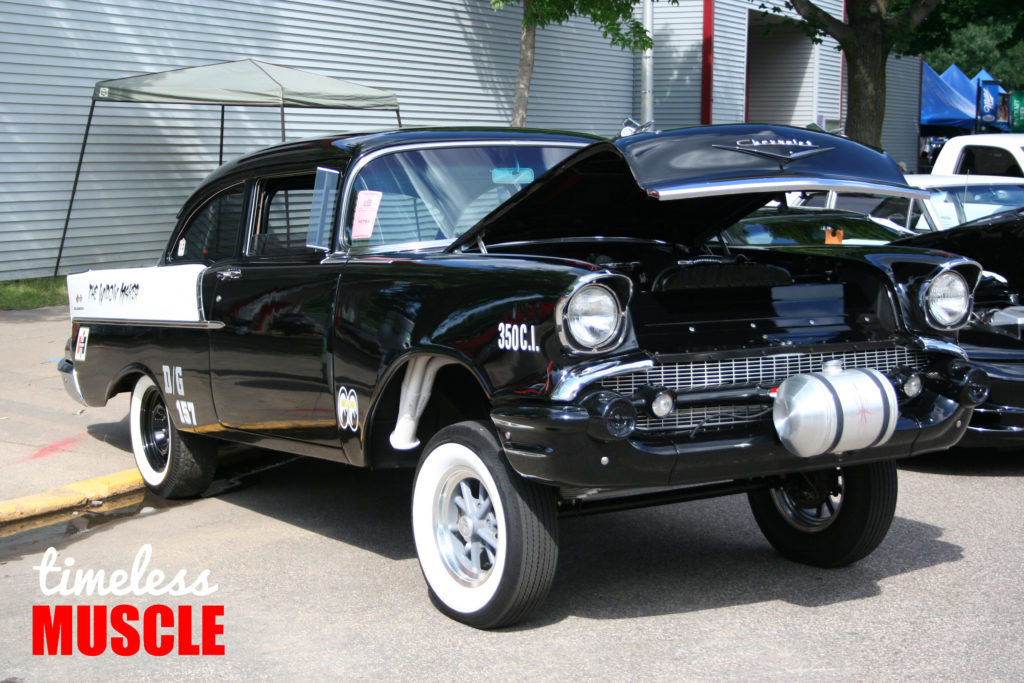
Know that we’re going to keep delivering on all the things you’ve shown us are working for you. That means informative tech stories, coverage of the coolest events, and of course car features of muscular rear-driven machinery from drag-flavored street machines, to tastefully-restored rarities, to the hottest Pro-Touring muscle cars in the country.
If it’s happening in the muscle car market, we’ll cover it. You’ll keep seeing hands-on tech and informative articles crafted with input from some of the best minds in the business. We will keep letting you know about the latest new products being released in the aftermarket, and we’ll continue hammering away at the project cars in our fleet so we can share insights, tips and tricks from a first-hand point of view.
We hate to admit that we’re getting older but we’re also not blind to what’s happening out there on the street. We’ll keep pour collective fingers on the pulse of what’s cool and continue to shake the bushes to bring the best-possible examples of what muscle car enthusiasts want to see.
We’re adding videos, too — make sure to check out our ever-growing YouTube channel and know that we will continually expand our scope as time passes. It’s moving pretty fast, so we’ll have to remain open to new technologies and ideas to keep up with things. We wouldn’t want anyone thinking we were getting too old or anything.
After spending almost a decade in the aerospace industry, Scott Parkhurst chose to learn about racing engines by working in some of Southern California’s most respected engine shops. He took on the role of Tech Editor at Popular Hot Rodding magazine back in 1998, and was instrumental in the development of both the Engine Masters Challenge competition and Engine Masters Quarterly magazine. He was also the founding Editor of Street Thunder magazine and Author of the V8 Horsepower Performance Handbook before he arrived at Timeless Muscle.

